Things about high-voltage electrolytes for 502030 battery
High-voltage cathode materials for lithium-ion batteries have been a hot topic in recent years, and the corresponding high-voltage electrolytes have also become a research focus. Designing and preparing new lithium-ion batteries with better performance, higher energy and voltage is a research hotspot in the field of power supplies. In recent years, high-voltage cathode materials represented by LiNi0.5Mn1.5O4 and LiCoPO4 have developed rapidly, while the electrolytes that match them are relatively backward. Therefore, the development of a 5V electrolyte system is a key issue that needs to be solved urgently.
Traditional electrolytes
1. Carbonate solvents
Traditional carbonate solvents have been regarded as the only choice for general-purpose electrolyte solvents because of their high conductivity, good solubility of lithium salts, and the ability to form a stable solid electrolyte interface film (SEI film) on the surface of the negative electrode. However, traditional carbonates are not suitable for high-voltage battery systems because traditional carbonate solvents have a low oxidation potential and are prone to premature oxidation decomposition at high potentials. In addition, the water content in lithium-ion battery electrolytes has always been considered a key criterion for determining battery quality. High-voltage electrolytes have higher requirements for water. If the water content in the electrolyte is slightly higher, the oxidation resistance of the electrolyte will be greatly reduced.
2. Ionic liquids
Ionic liquids are salts that are completely composed of cations and anions, are liquid near room temperature, and can conduct electricity. Ionic liquids have many unique advantages such as low volatility, low flammability, high ionic conductivity, and a wide electrochemical window. Due to these characteristics, ionic liquids have been widely studied in recent years and used as new electrolytes to improve the electrochemical and thermal stability of lithium-ion batteries at high capacity and high voltage. Studies have shown that ionic liquids of pyrrole and piperidine di(trifluoromethylsulfonyl)imide salts are more suitable for use as 5V high-voltage electrolyte materials than conventional LiPF6-based electrolyte systems.
However, ionic liquids have very obvious disadvantages:
(1) The preparation cost is high and cannot be used on a large scale in industry;
(2) Although ionic liquids have high ionic conductivity, their conductivity is still relatively low compared to liquid electrolytes;
(3) Ionic liquids generally have high viscosity, which is not conducive to high-rate charge and discharge of 502030 battery.
New liquid electrolytes
The development of new electrolyte systems is the most concerned direction in the study of lithium-ion high-voltage electrolytes, mainly including: fluorinated solvents, nitrile compounds, sulfone compounds and other new solvent compounds.
1. Fluorinated solvents
Due to the strong electronegativity and weak polarity of fluorine atoms, fluorinated solvents have high electrochemical stability. Researchers studied a series of fluorinated organic carbonate solvents and found that after the introduction of fluorine elements into carbonate solvents, the antioxidant properties of the fluorinated carbonates were significantly improved. The oxidation potentials of fluoroethylene carbonate, methyl-2,2,2-trifluoroethyl carbonate and ethyl-2,2,2-trifluoroethyl carbonate are much higher than those of unfluorinated ethylene carbonate (EC), ethyl methyl carbonate (EMC) and ethyl carbonate (DEC). However, as the number of hydrogen atoms replaced by fluorine atoms increases, the solubility of the solvent for LiPF6 will be greatly reduced.
2. Nitrile solvents
In the process of studying double-layer capacitors, researchers first discovered that glutaronitrile and adiponitrile have an anti-oxidation potential of up to 8.3V, and their electrochemical window is wider than that of all aprotic solvents. However, nitrile solvents have poor compatibility with graphite negative electrodes. As the cycle increases, the internal resistance of the battery also increases, greatly reducing the cycle performance of the battery. Taking advantage of the characteristics of EC and lithium bis(oxalatodifluoroborate) (LiBOB) that can form a stable SEI film on the surface of the graphite negative electrode, adding EC and LiBOB as additives to the electrolyte can effectively improve the problem of poor compatibility of nitrile solvents with the graphite negative electrode.
3. Sulfone solvents
Sulfone solvents are a type of solvent that researchers are currently focusing on as an alternative to traditional carbonates. Sulfone solvents are widely used as electrolytes in different fields, such as lithium-ion batteries, lithium-sulfur batteries, and lithium-air batteries. The oxidation resistance potential of ethyl methyl sulfone (EMS) and methoxyethyl methyl sulfone exceeds 5.8V, and they have good compatibility with Mn-based positive electrodes, but they have poor compatibility with graphite negative electrodes, so they cannot be used in batteries with graphite as negative electrodes.
4. Other high-voltage systems
LiBOB and lithium difluoroborate oxalate (LiODFB) are electrolyte lithium salts that can form a stable SEI film on the surface near graphite in a pure propylene carbonate (PC) solvent system. Like VC, they are common negative electrode surface film-forming additives. Studies have found that compared with TMS and LiPF6, TMS has very good compatibility with LiBOB and LiODFB. The electrolyte composed of TMS, LiBOB, and LiODFB can not only form a stable SEI film, but also effectively reduce the internal resistance of the battery. In recent years, the property of LiBOB that can form a protective high-voltage positive electrode material on the positive electrode surface has also attracted more and more attention. For example, adding LiBOB to the electrolyte matching the traditional high-voltage positive electrode material can enhance the battery's cycle performance. By studying the phenomenon of the SEI film generated by LiBOB on the positive electrode surface, it is found that the addition of LiBOB can effectively protect the electrolyte from oxidative decomposition. At the same time, through theoretical calculations, the oxidative decomposition mechanism of LiBOB on the electrode surface is studied: LiBOB ring-opening occurs in pairs to form a protective film, and the B atoms exposed on the outside due to the ring opening can attract PF-6 and F- to combine with it, thereby achieving the purpose of preventing the decomposition of the electrolyte.
In general, high-voltage electrolytes for lithium-ion batteries have attracted the attention of many researchers and have become the main research direction of lithium-ion battery electrolytes. Different high-voltage electrolyte systems have their own advantages and disadvantages. Because the development and use costs of new solvent systems are high, there is currently no new solvent that can completely replace carbonate-based solvents; if the production and use costs can be greatly reduced and the compatibility with negative electrode materials can be improved, new solvent system electrolytes will hopefully completely replace carbonate-based solvents. Therefore, more detailed research is needed, and as research continues to deepen, new solvent system electrolytes will definitely have broader application prospects.
Read recommendations:
401030 90mAh 3.7V
What are the advantages and disadvantages of lithium iron phosphate batteries?lithium ion solar ener
Power Output of Lithium-Ion Batteries for Power Applications
home solar energy storage lithium battery sales
18650 battery pack Vendor
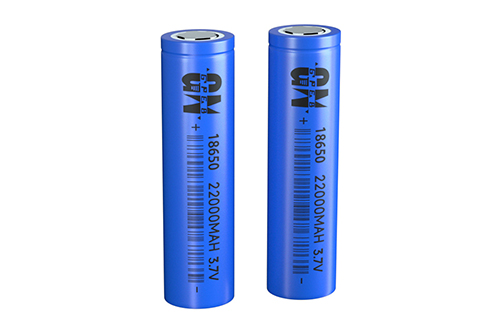
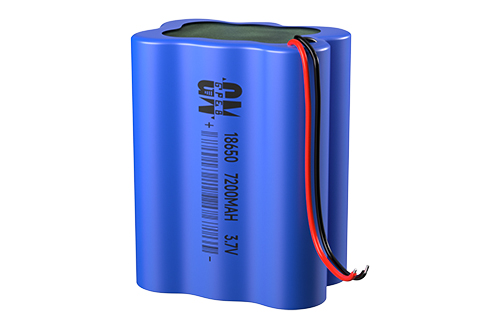

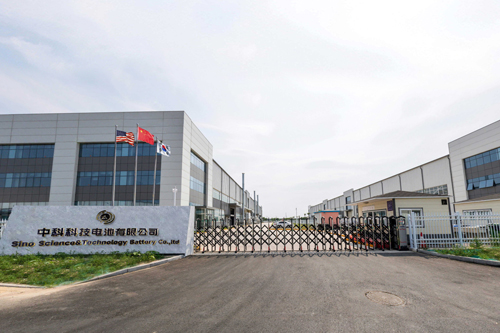

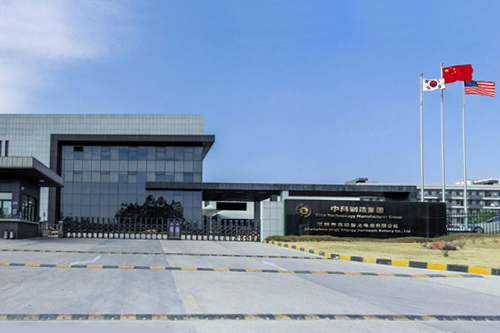

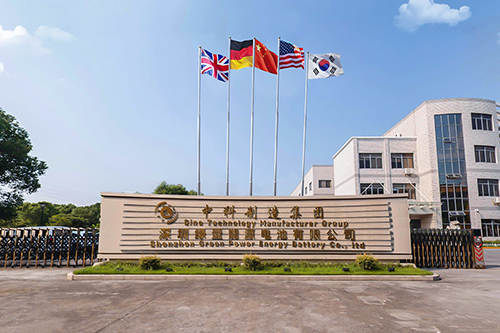

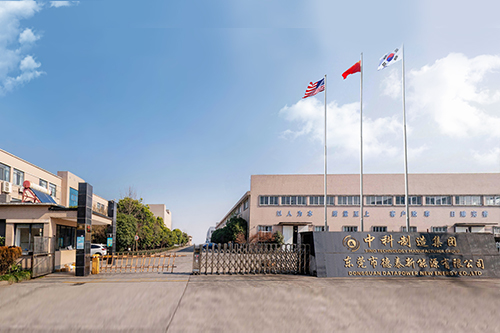

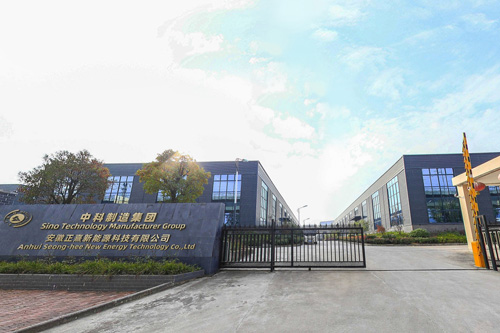








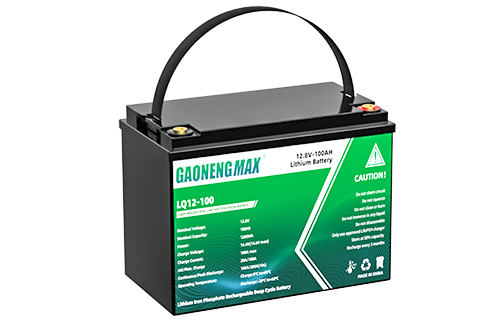
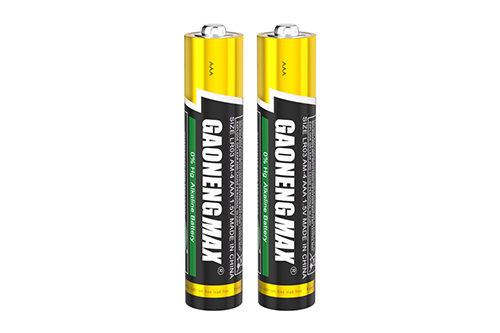

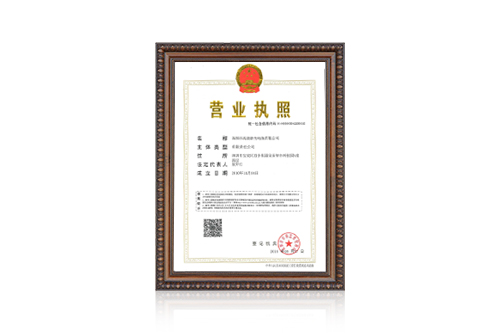
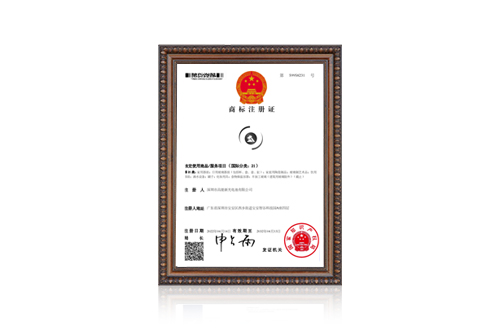
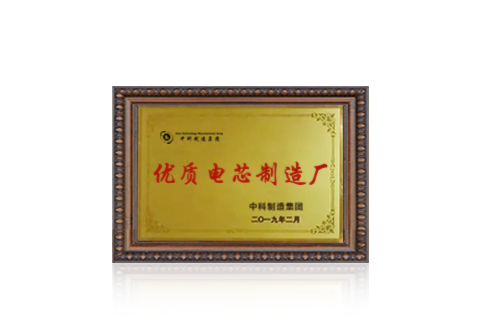
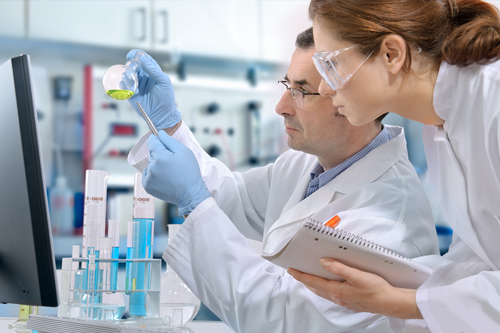
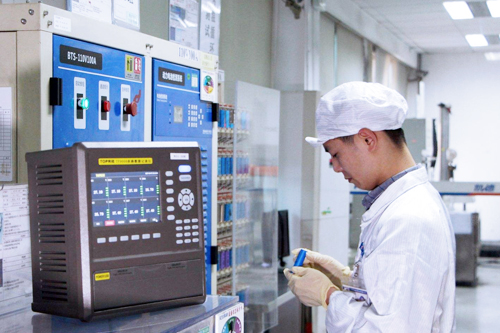













 360° FACTORY VR TOUR
360° FACTORY VR TOUR
 Whatsapp
Whatsapp
 Tel
Tel Email
Email TOP
TOP